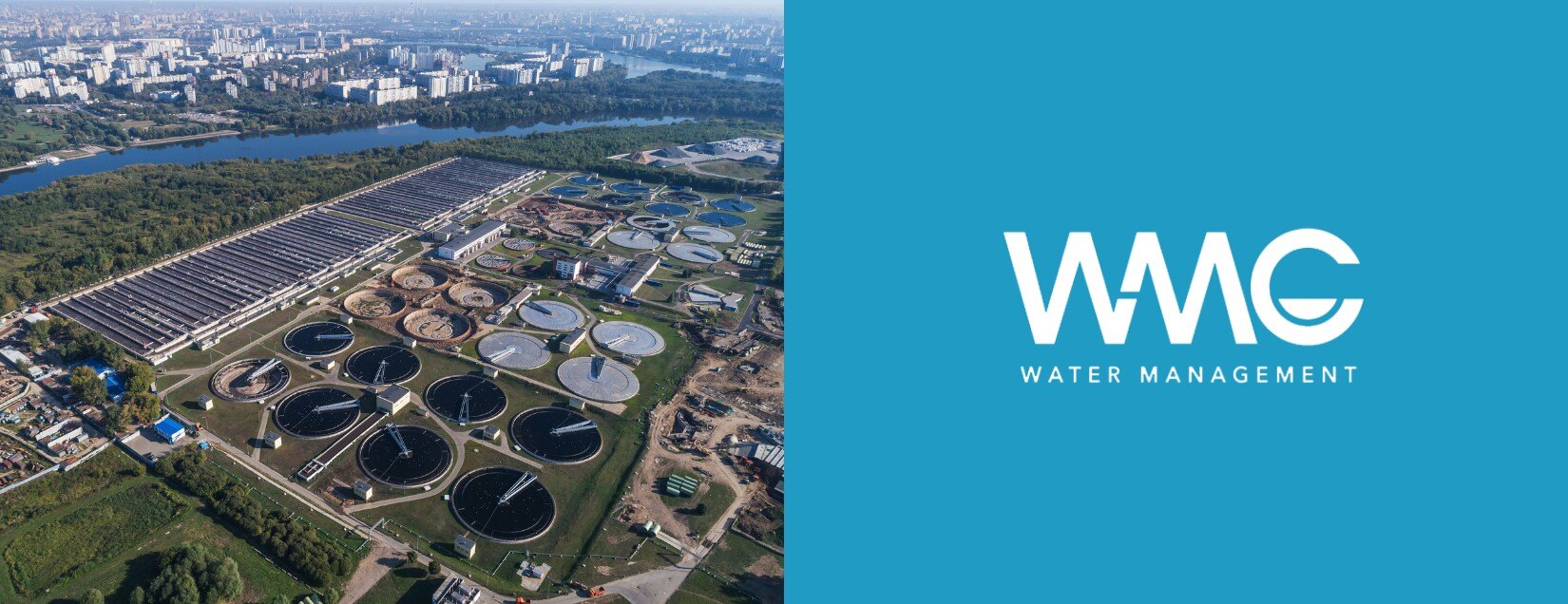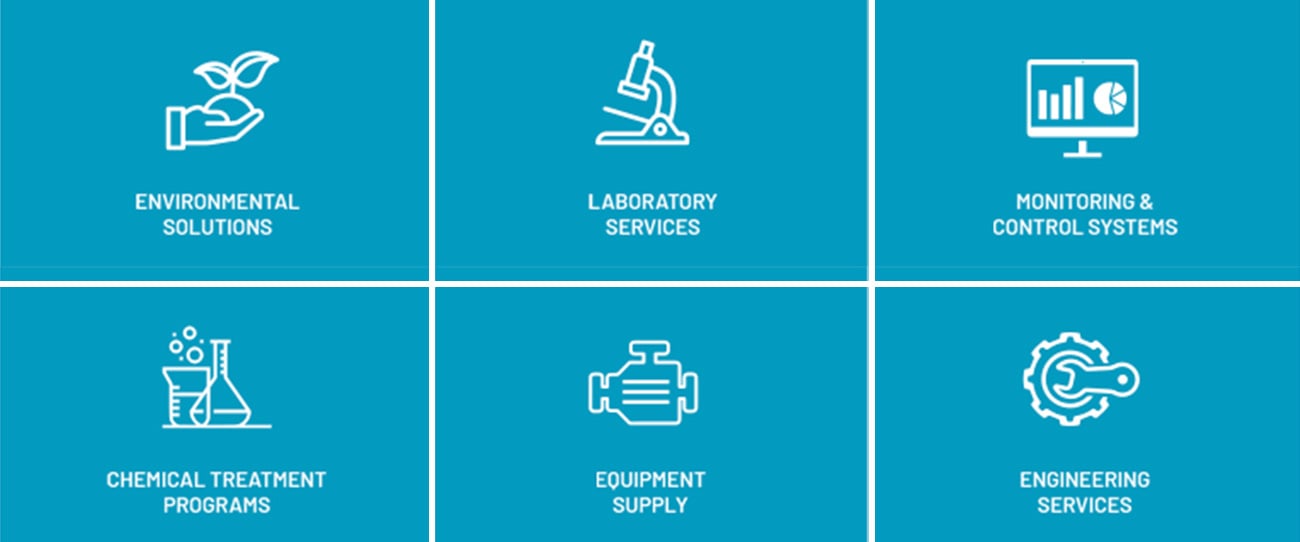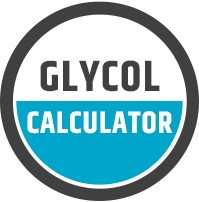WMC WATER MANAGEMENT
What is Industrial Wastewater?
In industrial water treatment, the term wastewater (also known as industrial wastewater or process wastewater) refers to water that is discharged from a facility after being used for a specific purpose.
This can include:
- Manufacturing or other process water discharge
- Product changeover (rinsing of moulds & vessels)
- CIP, washdown, or other cleaning and rinsing water
- Steam boiler surface and bottom blowdown
- Non-returned condensate from steam systems
- Evaporative condenser or cooling tower bleed-off
- Reverse osmosis (RO) concentrate discharge
- Heat rejection or once-through cooling water
- Backwash water and spent regenerant
- Lab water reagents, titrants and test solutions
The above is merely a brief overview. There is a vast range of possible wastewater sources across a wide variety of industries. Depending on the specific process, undesired external impurities (contaminants) may enter the wastewater and change its chemistry or composition. The need for wastewater treatment (and subsequently, the design and implementation of the appropriate wastewater treatment program when one is required) depends on the type and magnitude of contaminants present in the facility's wastewater stream.
Industrial Wastewater vs Domestic Wastewater
Evaporative cooling systems are a challenge to treat properly. Many serious issues can arise from inadequate water treatment, including:
Before moving further, it is important to distinguish that industrial wastewater is not the same as sewage (also known as domestic wastewater). Sewage can simply be defined as wastewater that is produced by people in the course of their normal day-to-day activities. Domestic wastewater includes greywater (from sinks, showers and wash systems), as well as blackwater (from toilet flushing). In general, domestic wastewater contains an expected range of pollutants which includes soaps and detergents, human waste, food waste, and certain types of dissolved and suspended solids that fall in line with normal domestic water use within households and buildings.
It is not normal practice to combine industrial wastewater with domestic wastewater, for several reasons. First and foremost, domestic wastewater that includes any amount of human solid waste (blackwater) can contain pathogens (bacteria, viruses and/or parasites). Combining the domestic and industrial wastewater streams would mean that the entire facility's wastewater stream would need to be considered biohazardous and treated as blackwater, in addition to any other existing health & safety concerns based on the industrial and process impurities in the wastewater. This would complicate treatment and greatly increase maintenance and cleaning costs.
Another reason to keep domestic wastewater segregated from industrial wastewater is that domestic wastewater typically does not require any treatment and can be sent directly to sanitary drain. As long as the domestic water system and sanitary drains are used in accordance with local regulations (regarding what can and cannot be sent down the drain), there is no need to divert the domestic wastewater through the facility's local wastewater treatment system. Doing so would be unnecessary and would only increase the hydraulic load on the treatment system, causing the facility to incur additional treatment costs.
In some facilities, a portion of the domestic greywater may end up in the industrial wastewater stream, either by design or by circumstance. For example, a handwashing or janitorial sink in a mechanical room might drain to a common trench or sump, where quenched boiler blowdown, cooling tower bleed-off, and/or washdown water are also collected. This can occur in remote areas of a facility that may not have direct access to the main sanitary drain connection. As long as none of the domestic sources that combine with the industrial wastewater stream include any blackwater, this is often acceptable; however, this is only a general guideline. Always consult local applicable regulations within your jurisdiction, and contact your local municipal water department for more information specific to your application.


Determining the Need for Wastewater Treatment
WMC builds water treatment programs from the ground up to meet YOUR REQUIREMENTS
Many types of facilities produce industrial wastewater from their processes, but every application is different. No two facilities require the same treatment, and some applications may not require treatment at all. The need for industrial wastewater treatment depends on the composition and concentration of specific contaminants within the wastewater stream.
For any given facility, we can determine the need for wastewater treatment by consulting the local regulations within the jurisdiction(s) the facility falls under. Primarily, this will be the municipal sewer use bylaw. In most municipalities, the most recent revision of this bylaw is freely available and accessible online. Every sewer use bylaw contains restrictions on the composition of water that is allowed to be sent to drain. Usually, this is provided in the form of a table of discharge limits.
Using the City of Toronto as an example, Municipal Code Chapter 681 - Table 1 shows the acceptable limits for sanitary and combined sewer discharge water composition. The most basic of these parameters are temperature and pH. Water sent to sanitary drain from any source must be less than 60 degrees Celsius, and within the range of 6.0 - 11.5 pH. In addition to these basic parameters, there is a wide range of contaminants that must be maintained below maximum discharge limits, from dissolved metals (aluminum, copper, zinc, lead etc.), to general organics & inorganics (BOD, TKN, oil & grease, suspended solids etc.), to specific toxic and hazardous substances (toluene, chloroform, benzene, etc.). Each parameter has a specific maximum limit that may not be exceeded.
The reasons for the limits set on each parameter are various, but they can all be distilled down to one general concept, which is that all water must be recycled back to the municipal (domestic) drinking water supply, and therefore needs to be treated so that it is once again safe for human use and consumption. Municipal water treatment plants are equipped to remove a wide range of impurities from water to make it once again safe for human consumption, but the capabilities of these facilities have limits:
- Certain impurities are very difficult to remove and can only be tolerated in very minute concentrations (in the parts per billion).
- Regarding temperature: excessively hot water can melt or weaken piping and damage drain system components.
- Regarding pH: highly acidic or highly basic water can also cause damage to municipal infrastructure. It is also more costly for the city to treat and neutralize, and very low or very high pH water can be extremely reactive.
As a business community, we need to respect how difficult it is to produce clean, drinkable water from wastewater, and to understand that all jurisdictions maintain these limits based on how challenging and costly it is to deal with these impurities.
What’s in your Wastewater?
Of course, not all businesses need to design a wastewater treatment program that anticipates and treats for every possible parameter. Depending on what a facility actually does, there are only a certain number of possible contaminants that would be expected to be present in their process wastewater that may require treatment. The way to determine this is to sample the wastewater and have it analyzed by an accredited third-party laboratory.
Accredited labs within the same jurisdiction as the facility will typically offer a testing package that compares the provided water samples against the local municipal sanitary discharge limits. It is recommended to hire a competent water management consultant with access to an accredited third-party laboratory. They can take the guesswork out of ordering sample bottles, collecting the samples, maintaining chain of custody, transporting the samples to the laboratory and ensuring that the correct tests are performed and measured against the applicable limits.
Accounting for Variance in Wastewater Chemistry
Not all facilities produce the same wastewater all of the time. In fact, this is more the exception than the rule. Many businesses will greatly benefit from multiple rounds of sampling to get a true “composite” sample and a better understanding of the wastewater treatment requirements
- Manufacturing operations that produce various different products will likely generate wastewater that differs in composition depending on what is being produced.
- Facilities that have changeovers, CIP procedures, washdowns and overnight cleaning will have completely different wastewater chemistry during execution of these procedures, compared to when they are in normal operation.
- Seasonality also needs to be considered. Some facilities operate differently in different seasons (summer vs winter months).
In applications where the wastewater chemistry and composition is variable, several samples over a period of time will need to be taken. Your wastewater management consultant can provide assistance in developing a sampling plan that incorporates sampling at different times of day, different days of the week, and potentially different months of the year.
Reasons for Wastewater Treatment
For any given facility, a wastewater treatment program can be established for any number of reasons, which broadly fall under the following categories:
1. Compliance
Every jurisdiction has regulations that apply to acceptable sewer use, including the composition of any water sent to drain. Failure to follow these regulations can result in severe penalties, including fines, surcharges, and even denial of service (whereby the facility is no longer allowed to use the sanitary drain, and must instead haul all of their wastewater away in tankers to an approved hazardous waste facility). Perhaps most damaging to a non-compliant facility would be the negative publicity arising from being subjected to these penalties.
Having said that, it is important to understand that there is no need for businesses to be unduly concerned about sudden extreme penalty actions for wastewater non-compliance. Broadly speaking, municipalities are more than willing to assist and work with cooperative facilities that are making every best effort to properly treat their wastewater. Most jurisdictions have programs in place that can help businesses get in touch with industrial wastewater experts that can help them address their specific treatment needs.
Under most circumstances, any penalties issued will be moderate at first, typically beginning with written warnings. The facility may be asked to hire a water management company to help them produce a pollution prevention plan, which is simply a document that outlines the specific strategies that the client will employ to bring their wastewater into compliance. Fines and surcharges may eventually be issued, which will escalate over time if the facility is not able to make substantial progress on properly treating their wastewater. The most extreme penalties are typically only reserved for frequent / repeat offenders, and those who are uncooperative, delinquent and show little or no intent to become compliant.
2. EconomicsIf you think about it, every litre of wastewater produced by a facility was originally purchased by that facility as fresh water. If that wastewater can be recovered and reused instead of discharged to drain, the facility will not only save on wastewater treatment costs, but also reduce their water bill. This reduction is twofold, as not only will they purchase less new water, but they may also qualify for government rebates on the portion of wastewater diverted from sanitary sewer. In addition to this, the wastewater may contain valuable resources, such as heat or useful chemical compounds which can be recovered by the facility for reuse, thereby lowering fuel and chemical costs as well.
Wastewater recovery can be extremely beneficial and economically lucrative for many facilities, and it is always worth partnering with a knowledgeable wastewater treatment expert to investigate and evaluate the degree to which a wastewater recovery program may be beneficial and feasible for any given application.
3. Sustainability
Anything that can be done within a facility to reduce consumption of natural resources contributes to sustainability. This is true regardless of what metrics or criteria are being measured: the main objective is to use less fuel, water, energy and natural resources.
Recovering and reusing wastewater reduces the energy required to send that water back to the municipal treatment facility, as well as the wear and tear on the piping infrastructure used to transport that water. It also eliminates the energy, media and chemical consumption that would have been required to treat that water in order to return it back to the municipal supply.
Every litre of water that is reused by the facility saves the consumption of a litre of new freshwater. With that comes the savings in energy consumption and infrastructure lifespan associated with transporting that new water to the facility.
Finally, recovering industrial or process wastewater that contains usable heat and/or chemistry reduces the facility's energy consumption (to produce new heat) as well as their chemical / material consumption in the proportion that the recovered chemistry is utilized.
As you can see, there are more reasons to treat your wastewater than simple regulatory compliance. The upstream and downstream cost and sustainability implications of reducing, recovering and reusing wastewater simply cannot be overstated. As the costs of water, energy and consumable materials continue to increase, technologies such as wastewater treatment, reuse and recovery have come to the forefront of engineering disciplines to help businesses reduce costs and run their operations sustainably.
GET STARTED TODAY - WASTEWATER TREATMENT SOLUTIONS
WMC offers turn-key wastewater management programs, including consultation, sampling and testing, design, configuration, chemical supply and maintenance. Additionally, we specialize in optimizing and improving existing wastewater treatment systems to reduce treatment costs and increase performance and sustainability.
Our engineering team and wastewater experts work closely with businesses, in partnership with local municipalities to evaluate, develop and implement comprehensive wastewater management solutions tailored to the specific wastewater treatment needs of your facility.
If you have any questions about industrial or process wastewater, would like an existing application surveyed and evaluated, or have a new application that requires a turn-key wastewater treatment system design, contact us today to get started.
.jpg)







